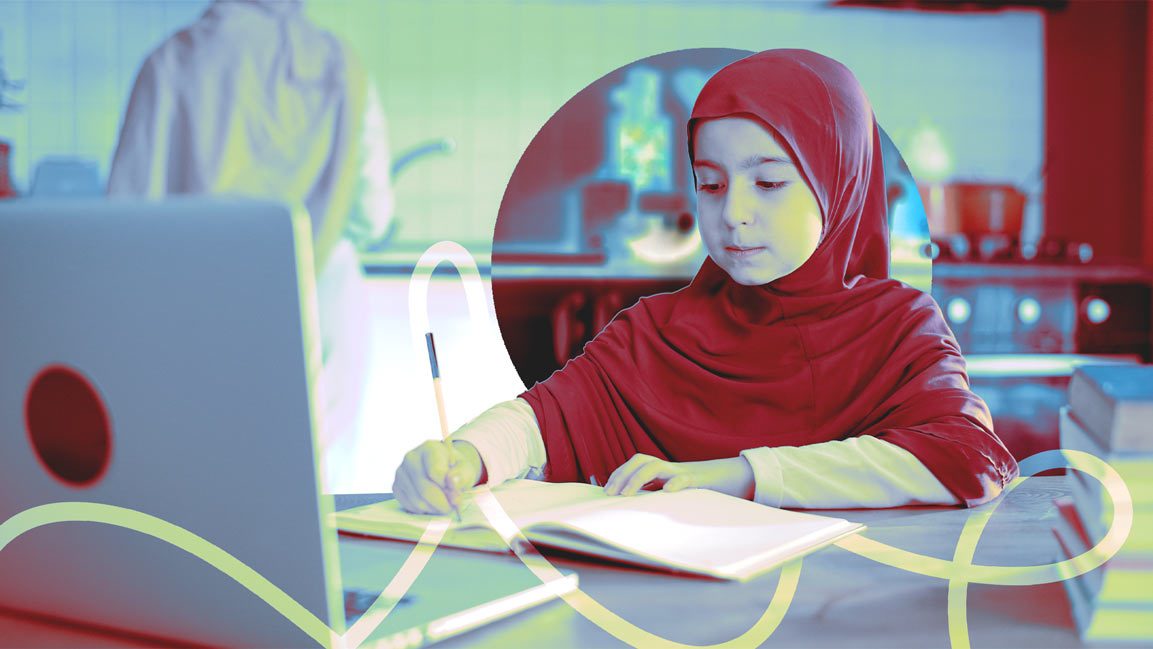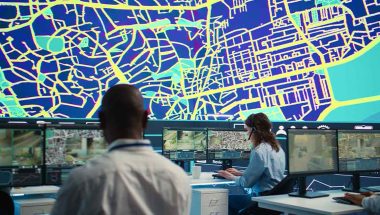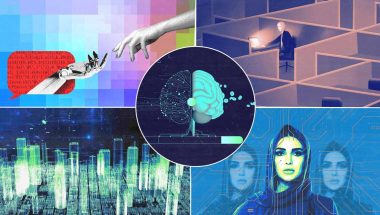- | 8:55 am
The region is witnessing extreme weather patterns, and schools will need to adapt
The academic year 2023-2024 faced several days of distance learning for students in the UAE due to heavy rain. What lessons did we learn for future preparedness?

With the climate becoming increasingly unpredictable, various organizations and institutions worldwide must adopt coping strategies.
In April, the severity of rain in the UAE broke records of over 75 years, leading to flooding. The authorities promptly announced the closure of schools and offices to ensure safety. The storm’s aftermath floods made commuting even more difficult. This resulted in a week-long distance learning for students, giving officials enough time to clear the roads.
But what was necessary to implement distance learning, and how did the country-wide education system cope with the unexpected change in schedules?
According to Zafar Raja, Group Chief Operating Officer of Gems Education, “The community’s safety is paramount at all times, especially during adverse weather events. All necessary steps to keep students and staff out of harm’s way must be considered, including school closures and transitions to distance learning.”
READINESS OF SCHOOLS
Highlighting the readiness of many schools to effectively adapt to the unexpected weather, Raja adds, “The robust systems, protocols, and IT infrastructure ensured students could successfully continue to learn from home, while families were kept abreast of developments and requirements throughout.”
“Our schools and teachers acted with great agility and speed to pivot to remote learning and coordinate with the relevant authorities.”
However, what did the parents think about the strategies schools and government implemented to ensure minimum disruption in students’ curriculum?
“Distance learning was extended for the entire week, and by the second day, they were doing live classes for most of the lessons,” says Farida Saif, a parent. However, she found balancing her job with the online coursework for her eldest son, who attends Royal Dubai Gems, slightly challenging.
Naajya Ahmed, whose son attends St. Mary’s School, believes that the school efficiently handled the sudden call for distance learning. “Since rain days were counted as normal school days (but from home), there hasn’t been any impact on the academic calendar”.
Geethu R., Head of the Commerce Department at GEMS Education, also believes that practical steps have minimal impact on student’s overall academic progress. “We were well equipped with online teaching to ensure every student gets the best.”
Conversely, according to Geethu, certain subjects can’t be taught online. “For students, one subject they always look forward to is physical education; adding science subjects and lab activities is impossible in an online course. Therefore, although we strive to provide all our information in our online sessions, we know that some subjects require only in-person instruction.”
While the academic curriculum of the year wasn’t significantly impacted overall, a few teachers faced some hurdles. Ruqaya Al Gburi, an Arabic teacher, says that online learning didn’t work for all students and “halted the progress.” Pointing out a lack of communication, she adds, “In addition to the curriculum review check, we also had the Arabic Benchmark Test and the MAP Growth Test assessments coming up. All of these made sharing information during missed instructional time impossible. Additionally, for those students who did not attend any online classes, I had to follow up to get their graded assignments done.”
INTEGRATING TECHNOLOGY
Ruqaya believes that our experience with the sudden need for remote learning highlighted the importance of integrating technology into every aspect of learning.
As climate change worsens and weather patterns grow more unpredictable, it is not only rain but also rising temperatures that might disturb the continuity of our educational system. According to Sagar Parajuli, an atmospheric data scientist and formerly a researcher at KAUST, forecasting for a potential heatwave is also required, “Authorities need to provide heat stress forecasts in advance, just like weather forecasts, using more rigorous heat stress metrics, so that schools can prepare and make decisions accordingly.” He further points out that extreme events can damage energy infrastructure and interrupt power supply, which can affect online learning.
Given the extreme climate instability, how can our education system reflect on the past year and enhance future planning?
“The key is to be prepared,” says Raja. “Throughout the year, our ITC systems are continuously enhanced to enable students to learn effectively off campus.”
Schools must be ready for unexpected weather disruptions to keep education running smoothly by improving emergency plans, upgrading technology, and creating adaptable learning environments. Embracing flexibility and proactive planning will be crucial in safeguarding educational continuity and ensuring the well-being of students and educators alike in the face of future challenges.








































